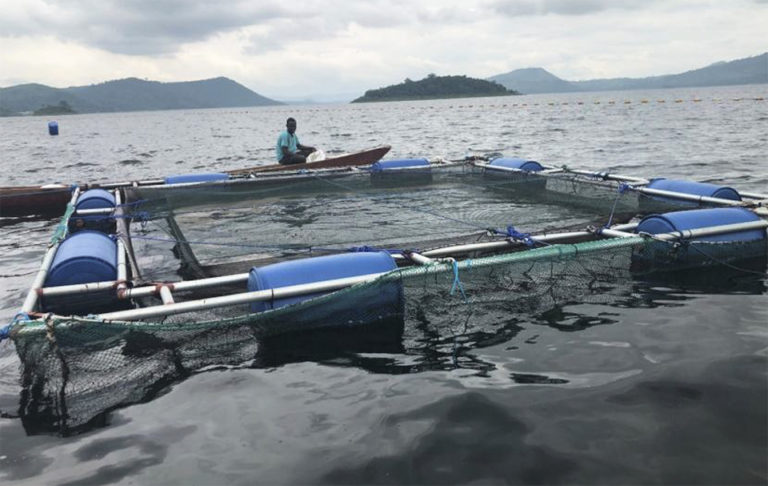
Responsibility
USSEC: Aquaculture ‘showing some life’ in sub-Saharan Africa
The U.S. Soybean Export Council explores export opportunities in sub-Saharan Africa, finding the region holds “much potential” for aquaculture growth.
Responsibility
El Consejo de Exportación de Soya de EE. UU. explora las oportunidades de exportación en el África subsahariana, y descubre que la región tiene "mucho potencial" para el crecimiento de la acuacultura.

Responsibility
The U.S. Soybean Export Council explores export opportunities in sub-Saharan Africa, finding the region holds “much potential” for aquaculture growth.
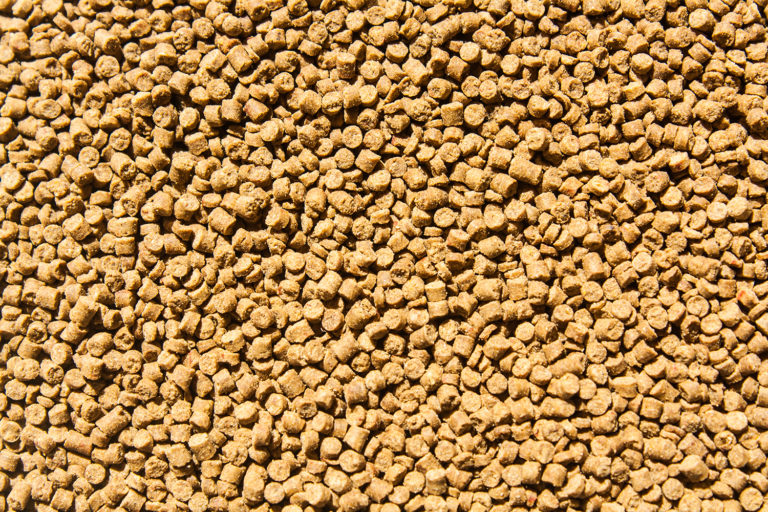
Aquafeeds
At the Barcelona Seafood Summit, an expert panel discussed a sustainable future for aquafeeds. What stands between us and that future?
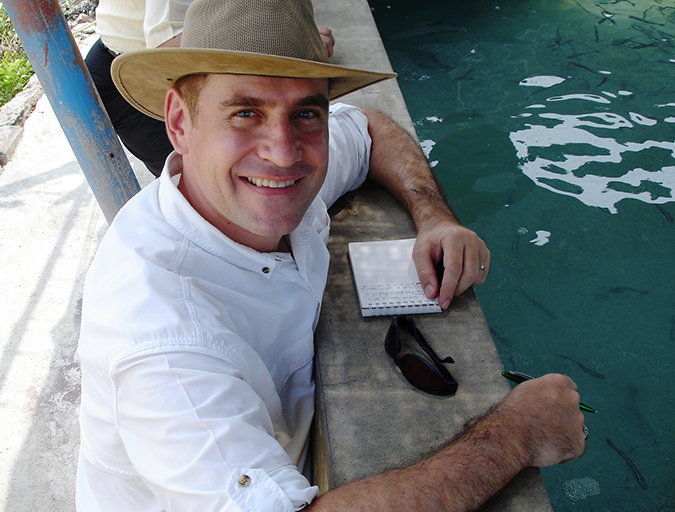
Aquafeeds
The U.S. Soybean Export Council is a huge supporter of aquaculture growth globally, as so many aquafeed formulators rely on U.S. soy to create nutritious diets. The Southeast Asia senior technical advisor for USSEC’s aquaculture program talks about this symbiotic partnership.
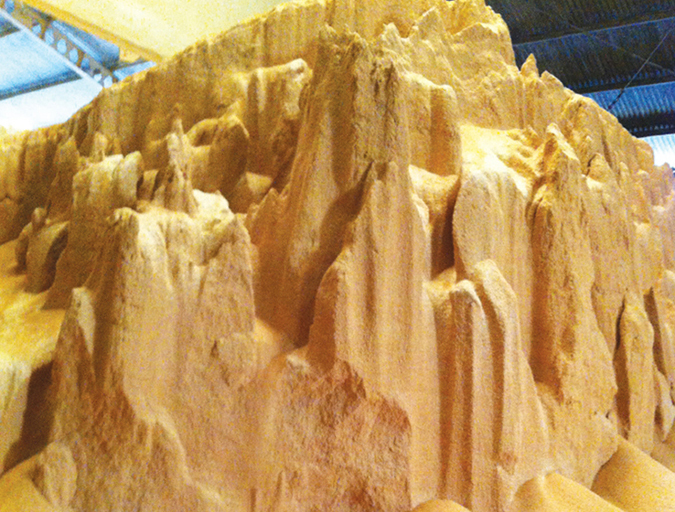
Innovation & Investment
To help produce high-quality aquaculture feeds, the U.S. Soybean Export Council spearheaded the Asian Aquaculture Feed Formulation Database project, designed as a reference tool for individuals involved in feed formulation, ingredient purchasing, quality control and research.
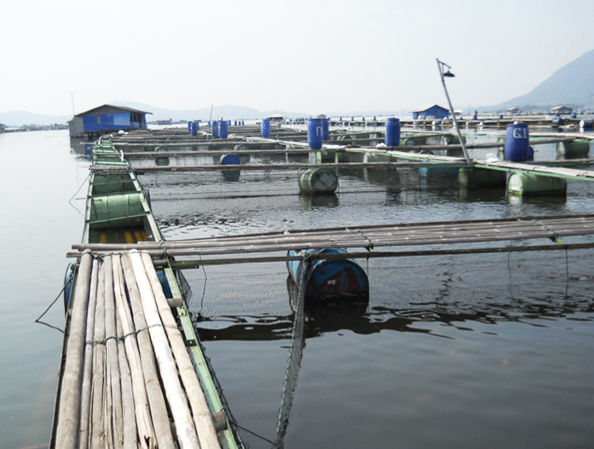
Responsibility
The modeling of common water bodies to determine aquaculture carrying capacity has been identified as a critical need for countries in Southeast Asia.
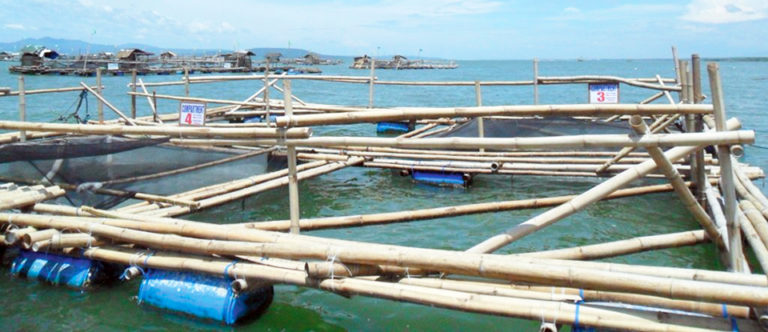
Health & Welfare
A demonstration conducted at a milkfish farm in southern Philippines by the United States Soybean Export Council Soy-In-Aquaculture program highlighted the use of extruded floating feeds with satiation feeding management and principles of low-volume, high-density cage production.
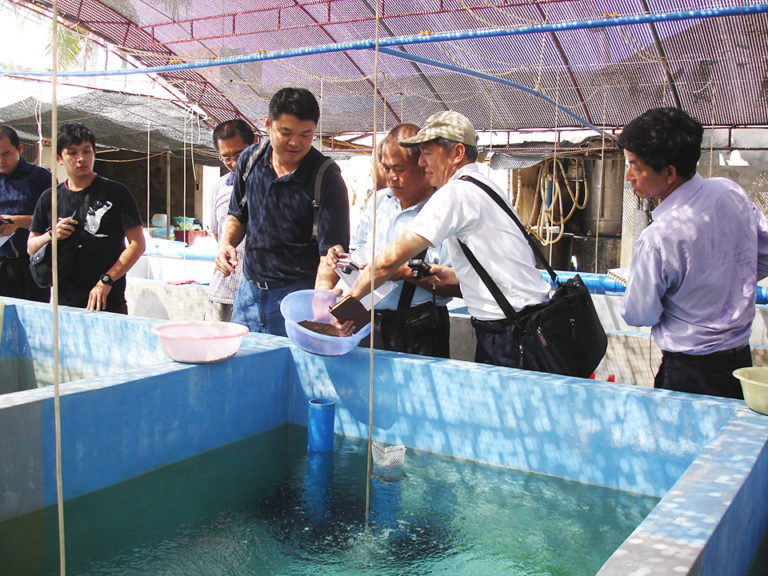
Aquafeeds
In its efforts to advance sustainable aquaculture practices and the use of soy-based feeds in Southeast Asia, the American Soybean Association International Marketing Program (USAIM) has identified several challenges.
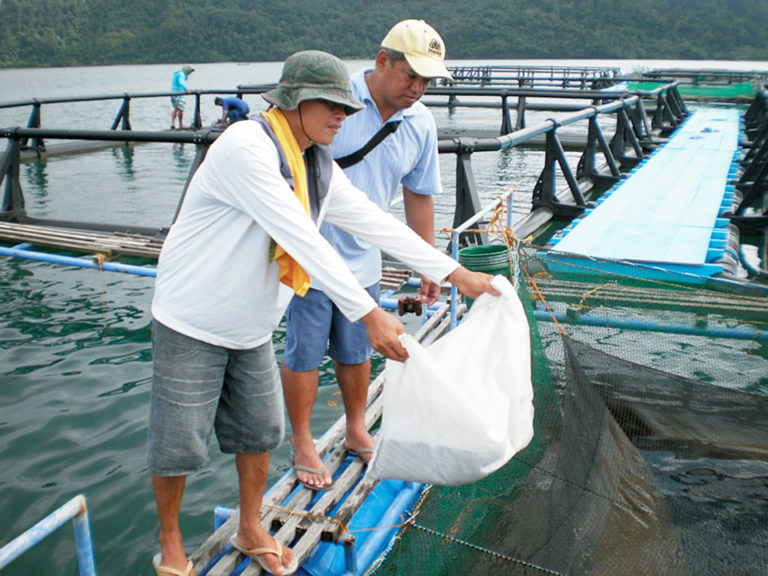
Responsibility
A low-volume, high-density culture technology developed through the Soy-In-Aquaculture Program helped show farmers that extruded floating feeds can be used in the cage culture of high-value marine fish.
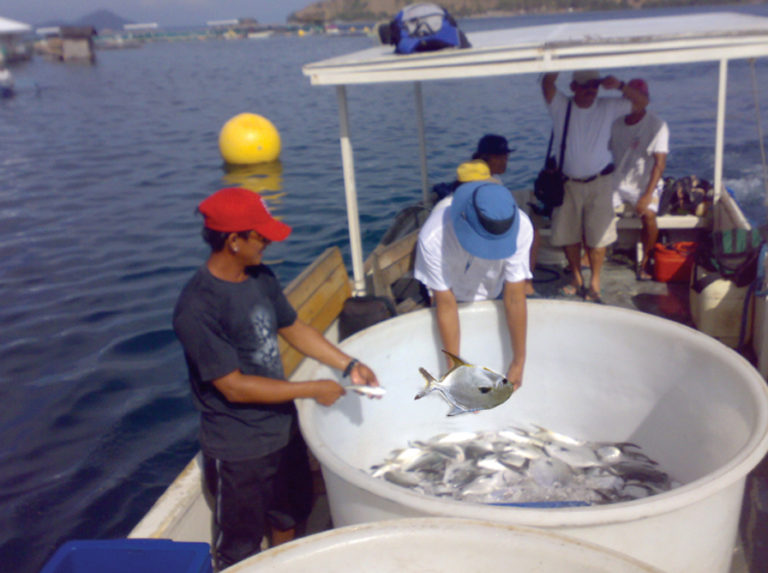
Innovation & Investment
The Soy-In-Aquaculture project in the Philippines has introduced low-volume, high-density cage culture production methodology for use with high-value marine species. The technology was developed to maximize farmers’ profits, improve productivity, reduce feed-conversion ratios and limit environmental degradation.